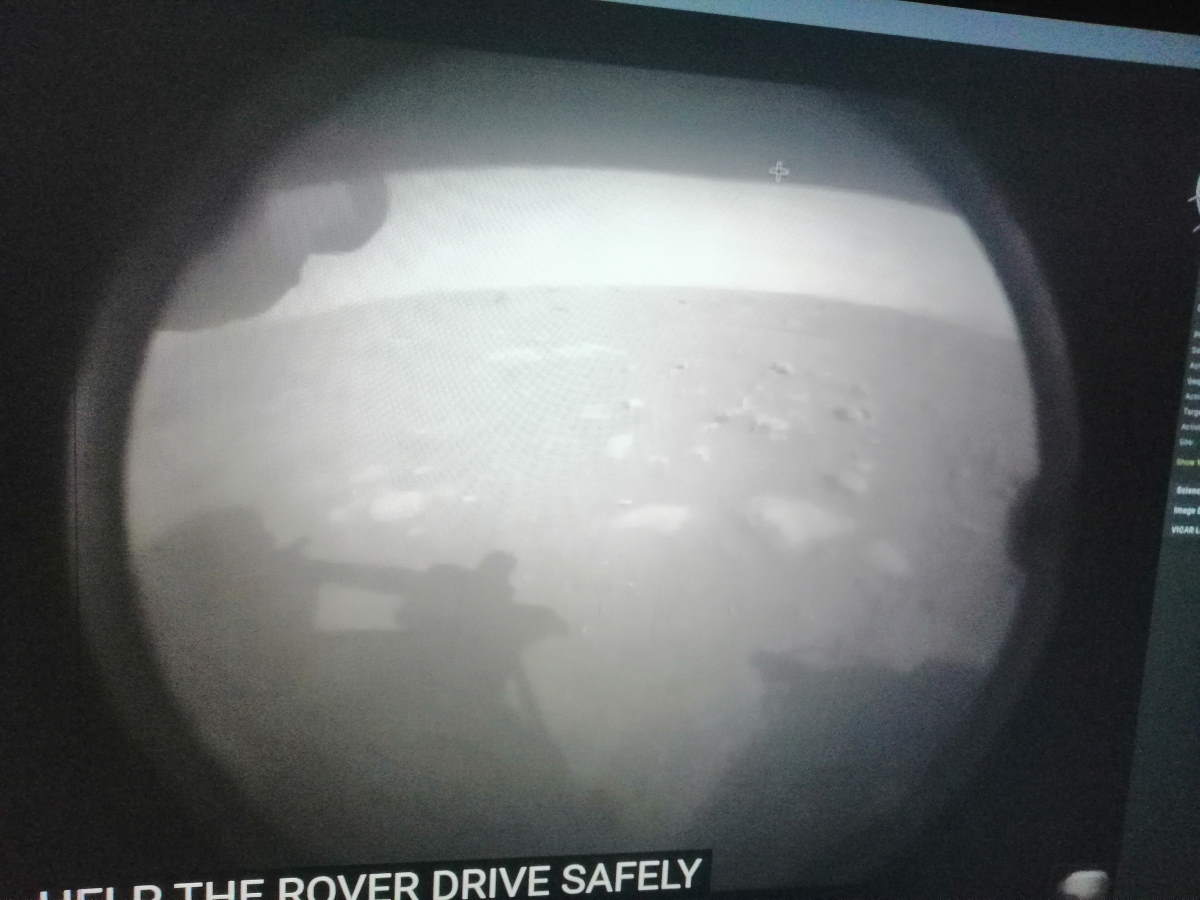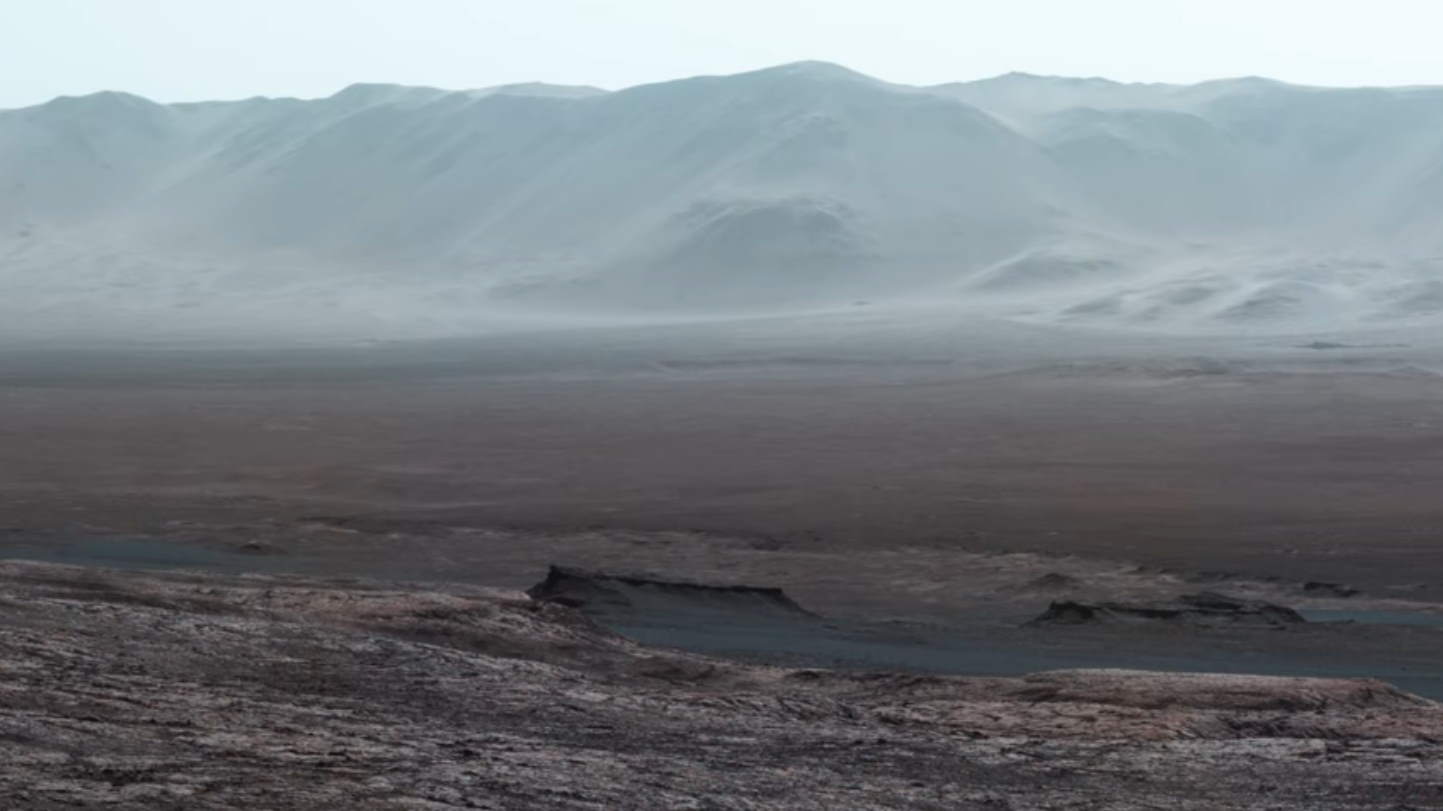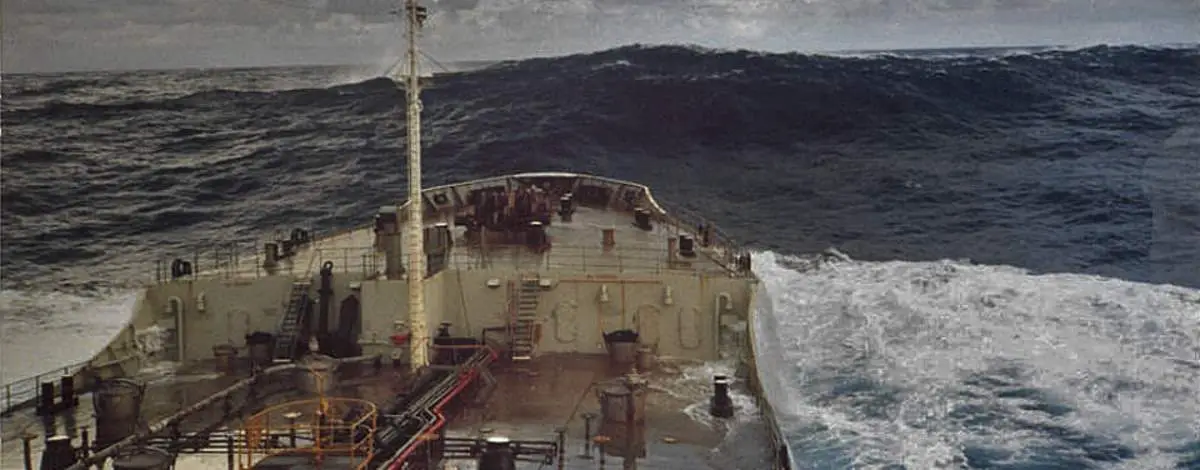NASA’s Perseverance rover successfully landed on Mars on 18 February 2021 at 3:55 p.m. EST (20:55 UTC). A few seconds after the successful touchdown, it sent its first photo from the Martian surface.
Continue reading “The first photo from Perseverance after landing on Mars”Mapping Cities’ Carbon Emissions Through Advanced Data Collection
As global emissions of greenhouse gas continue to rise, it is increasingly important for researchers and policymakers to identify exactly where and how much greenhouse gas is emitted and absorbed worldwide for global climate change mitigation. Over the past decade, Dr. Tomohiro Oda of the Universities Space Research Association (USRA) in Maryland has aimed to realize this need by combining emission data with night-time observations from satellites. Through this work, his team has now produced global maps that distinguish sources of carbon at unprecedented resolutions – high enough to identify variation across the regions where emissions are most intense: Earth’s cities.
Continue reading “Mapping Cities’ Carbon Emissions Through Advanced Data Collection”Perseverance Rover’s Historic Mars Landing will be a Huge Scientific Leap
Space lovers around the world are holding their breath for the landing of NASA’s Perseverance Rover on Mars on February 18th. After a 470.73 million kilometer (292.5 million miles) journey from Earth to Mars, Perseverance will join its fellow rovers Sojourner, Spirit, Opportunity, and Curiosity on Mars, and be part of a massive scientific endeavor to find signs of ancient life on the Martian surface.
Continue reading “Perseverance Rover’s Historic Mars Landing will be a Huge Scientific Leap”Why there are no stars in space photos? [Explained]
Why there are no stars in space photos? Or in moon landing photos? Because, when you try to shoot a very bright object (for example, the Earth) and very dim objects (stars) in the same frame, you cannot properly expose both. To be able to see the stars, the bright object would have to be overexposed making it appear as a featureless white blob.
Continue reading “Why there are no stars in space photos? [Explained]”Pros and Cons of Robotics for Hospital Sustainability
When the coronavirus burst onto the scene, healthcare professionals and robotics experts partnered to implement out-of-the-box solutions to pressing needs. In Wuhan, China, a test run of a field hospital staffed by robots took place. The machines, provided by tech company CloudMinds, delivered necessities and medicines and even entertained patients.
Continue reading “Pros and Cons of Robotics for Hospital Sustainability”20 Amazing Sperm Whale Facts
The sperm whale, also known as the cachalot (scientific name: Physeter macrocephalus) is the largest of the toothed whales in the world’s oceans. Here are 20 amazing sperm whale facts.
Continue reading “20 Amazing Sperm Whale Facts”How life on Earth could help us find life on Mars
In our continuing search for other life in the universe, one place has always looked promising – Mars. It is a rocky planet like Earth, orbiting the same star, and at a distance where water could have been present on the planet.
Continue reading “How life on Earth could help us find life on Mars”Why Marine Weather Forecasts Are So Inaccurate – And How To Improve Them
Despite technological advances, marine weather forecasts are still difficult for researchers and scientists to get right. As NOAA’s National Weather Service division explains, “Weather forecasting is not a perfect science and conditions can change rapidly and unexpectedly… Marine forecasting is made much more difficult than forecasting ashore due to a lack of available observations.”
Continue reading “Why Marine Weather Forecasts Are So Inaccurate – And How To Improve Them”20 amazing fox facts
Foxes are small to medium-sized, omnivorous mammals. They belong to the dog family (Canidae, from Latin, canis, “dog”, see notes 1). Here are 20 amazing fox facts.
Continue reading “20 amazing fox facts”Tracking Changes in Surface Currents
Many studies have shown how climate change is wreaking havoc on our oceans (and the world). Warming sea temperatures, more powerful storms, rising sea levels are all quickly becoming a reality.
Continue reading “Tracking Changes in Surface Currents”








